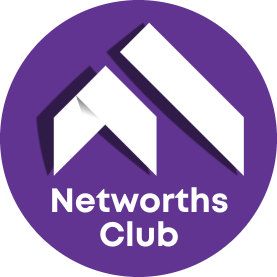Ways to Minimize Bounce Rate in Website
Bounce rate is among the most important metrics that can tell you whether your website is interacting well with visitors. A high bounce rate indicates that users are exiting your website after seeing just one page, which can damage your rankings, lower conversions, and affect your online reputation. Luckily, there are some methods you can implement to keep visitors on the site and push them to investigate further.
Improve Page Load Speed
Among the most frequent causes of visitors exiting a site immediately is slow loading speed. People anticipate that websites should load within two seconds or less. If your website takes much longer, they’re probably going to press the back button.
Optimize image sizes, cut out unnecessary scripts, and get a fast and quality hosting service. With tools such as Google PageSpeed Insights, it is possible to detect and correct issues that reduce the speed of your site.
Write Clear and Effective Headlines
The headline is the first thing users see when they arrive on a page. A well-crafted, clear, and benefit-focused headline catches attention and makes users want to linger and read more.
Don’t use clickbait or ambiguous headlines. Be concrete and convey the value your content provides from the beginning.
Utilize a Clean and User-Friendly Design
A messy design with excessive ads, pop-ups, or poorly designed navigation will infuriate users. Make sure your design is clean with a clear hierarchy of content and easily readable typography.
Ensure that your navigation is easy to use and accessible from every page. Have a prominent call to action that brings visitors to other areas of your site.
Develop High-Quality and Pertinent Content
Content that does not fulfill the intent of the user is one of the primary causes of a high bounce rate. Ensure that your content addresses the questions or requirements that directed users to your page.
Use a clear and interesting writing style, short paragraphs, bullet points, images, and interspacing long text using subheadings. Incorporating videos, infographics, or interactive elements can further enhance engagement.
Optimize for Mobile Devices
As users increasingly access websites on smartphones and tablets, a mobile-friendly website is no longer a choice. Make your website responsive, mobile-fast, and provide a seamless experience on every screen size.
Buttons must be easy to click, text must be viewable without zooming, and navigation must be smooth.
Mid-way through applying effective tips for lowering bounce rate on website, most SEO experts and marketers depend on reputable platforms such as Linkhouse to generate targeted visitors, acquire quality backlinks, and enhance content visibility—all which help maintain low bounce rates.
Add Internal Links to Guide Visitors
Usefully placed internal links will send users to other relevant pages or blog posts. Not only does this enhance search engine optimization, but it also invites further site interaction.
Ensure that your anchor text is natural and real. Don’t overwhelm the reader with too many links in one paragraph.
Improve Your Site’s Visual Appeal
Visual appeal is the make-or-break factor in whether someone will stay or go. Employ consistent branding, appealing color schemes, and top-notch images to make a good first impression.
Professional design can build trust and enable users to feel at ease digging deeper into your content.
Use Exit-Intent Popups Judiciously
While invasive popups may drive up bounce rate, exit-intent popups utilized effectively can actually decrease it. Provide a discount, a freebie download, or a newsletter sign-up just when a visitor is exiting.
Ensure that the popup is not invasive and simple to close if the user is not interested.
Final Thoughts
Lowering your website bounce rate is a combination of optimizing speed, great content, mobile-friendliness, and careful user experience design. By incorporating these tips on website bounce rate reduction, you provide an environment that invites users to linger and stay, discover, and interact with your brand. With value and usability orientation, you can convert one-time visitors into devoted followers and lifelong customers.







